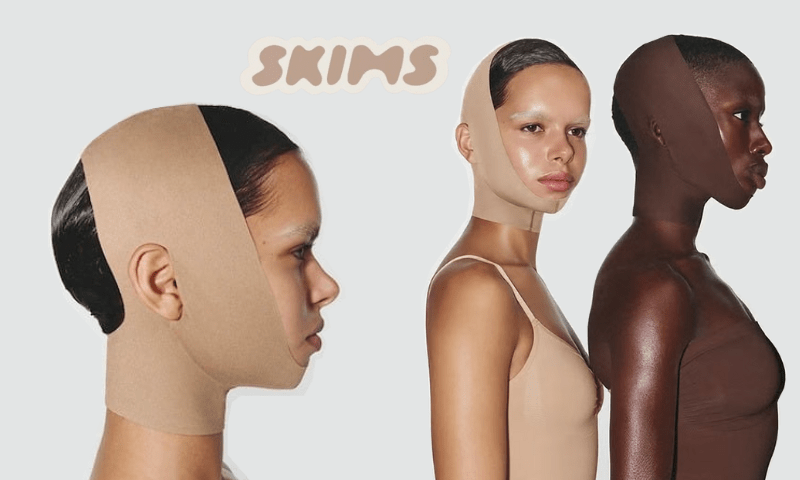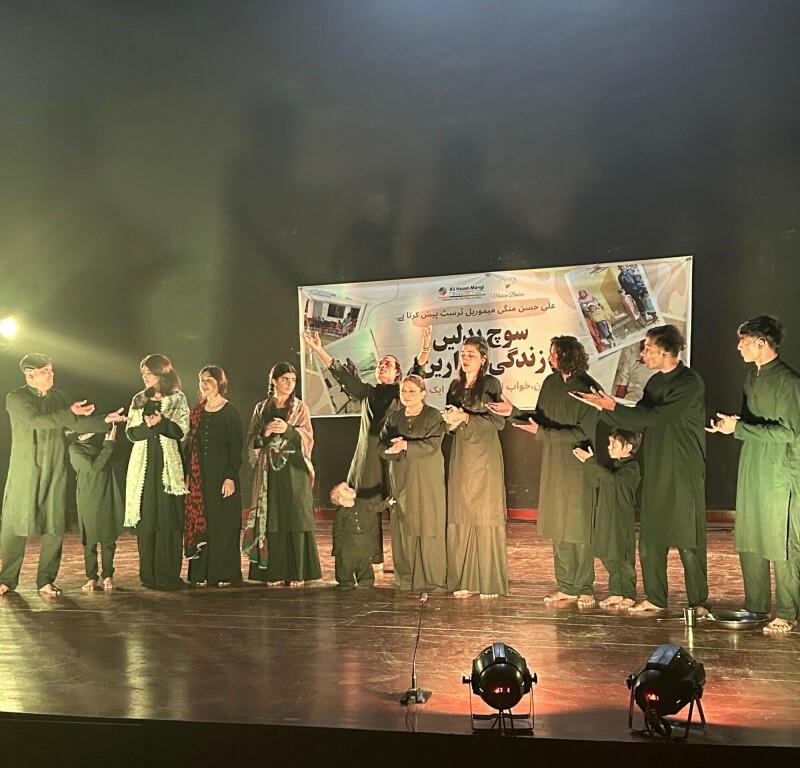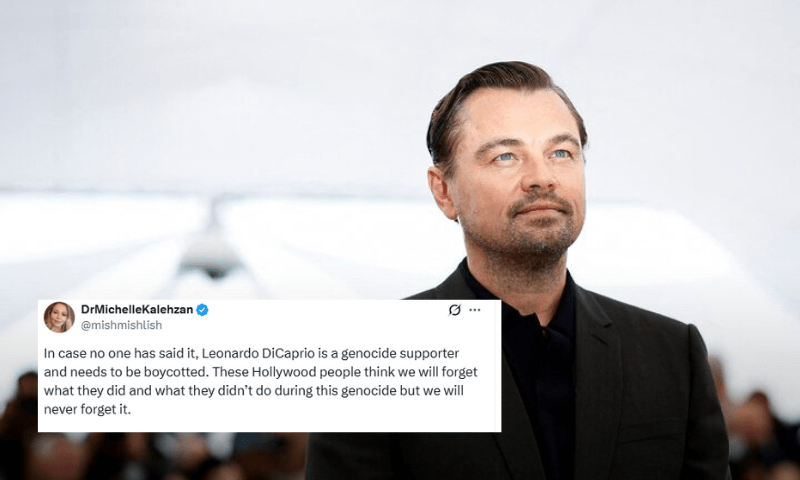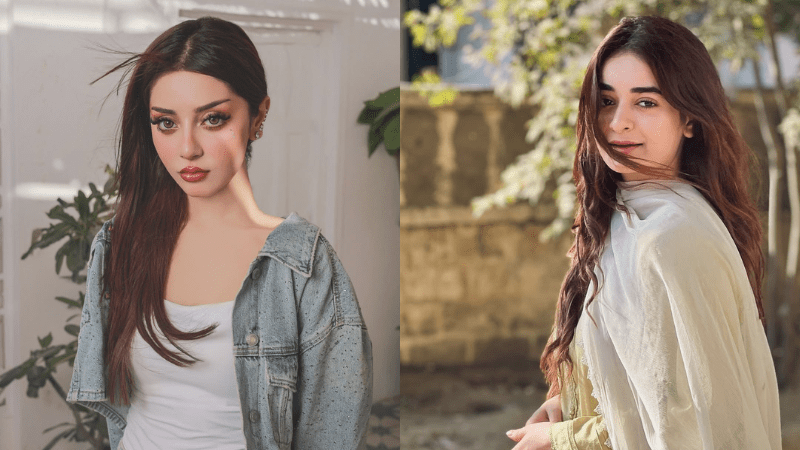These artists bring Pakistan's minorities into the spotlight
A recent show at Karachi’s Koel Gallery, with collaborative works by Hurmat ul Ain and Rabbya Naseer and curated by Naazish Ataullah, discusses divides and borders — both physical and intangible, real and imagined.
The artworks use physical forms of boundaries to talk about how we, as a nation, are split across religious lines. The show also explores how the marginalisation of minority groups has resulted in gross injustices that reveal our double standards and sense of entitlement.

As one enters the gallery, there is a curtain blocking the path and the view of the exhibition, almost like a threshold that one must cross but that hinders and creates uncertainty. The colour of the curtain goes from bright green to white, with a gradation of shades in between that add nuance to our national narrative, imploring us to look beyond green and white, while blurring the line between the two. As one passes through, this divide becomes permeable — a softer, more transient and less rigid border.
Two artists bring Pakistan’s marginalised religious groups into sombre focus
The artworks beyond the curtain explore similar notions, addressing toxic nationalism through the motif of the camouflage pattern, which is deconstructed through drawing. A series of digital prints of brick formations construct and deconstruct the wall as a form of boundary, yet with designs that render it useless for such purpose. Another digital print depicts the shadow of a fence isolated from its surroundings, bringing to light the spaces and territories that a border claims and subsequently allows us to contemplate the repercussions of such divides.
A diptych shows two dupattas, one green and the other white, lying coiled up on the floor, adding a layer of cultural and gendered debate to the narrative. In light of the other works, the dupatta can be seen as a sort of veil or personal boundary, perceived as a protection of a woman’s honour. It is often mistaken as a religious symbol, but is rather a cultural one, worn by women of multiple faiths and across the border as well. While rooted in sexism, it is a dress code that everyone has equal claim to, and here it is equally green and white to reflect upon this point.

A video work ties these ideas of marginalisation and injustice together as it refers to a real-life event that has become a prime example of it. The video documents a performance where the two artists stood in silence for 24 hours at the spot where the former governor of Punjab Salman Taaseer was shot. The performance was carried out a day after his death anniversary. Taaseer was assassinated for speaking out against the blasphemy law and speaking in favour of Asia Bibi, a Christian who was sentenced to death under the law. His murderer was turned into a saint by bigoted sections of society. As the pair of artists stand silent at different times of the day, seen in three video channels, the azaan is heard in the background, a reminder of how something so beautiful and peaceful is twisted and manipulated to instigate violence.

The show compels us to contemplate the experiences of minority groups in a country like Pakistan, where their marginalisation ranges from subtle to life-threatening and permeates every strata of society.
“Distance Between Us” was displayed at Koel Gallery in Karachi from September 12 to September 23, 2019
Originally published in Dawn, EOS, October 6th, 2019










